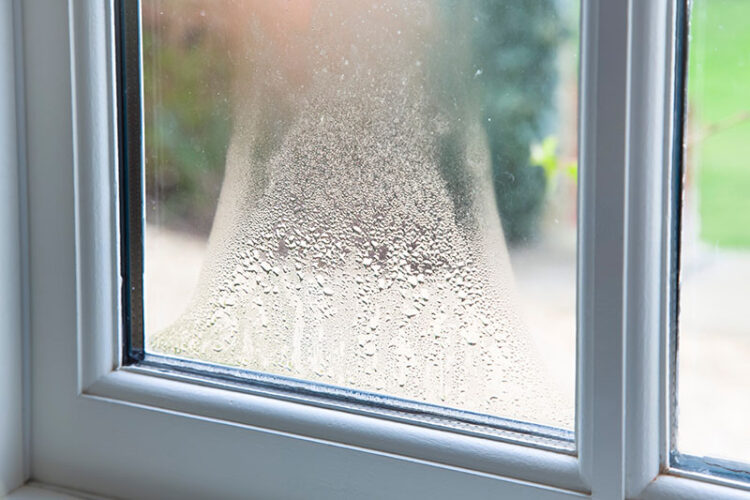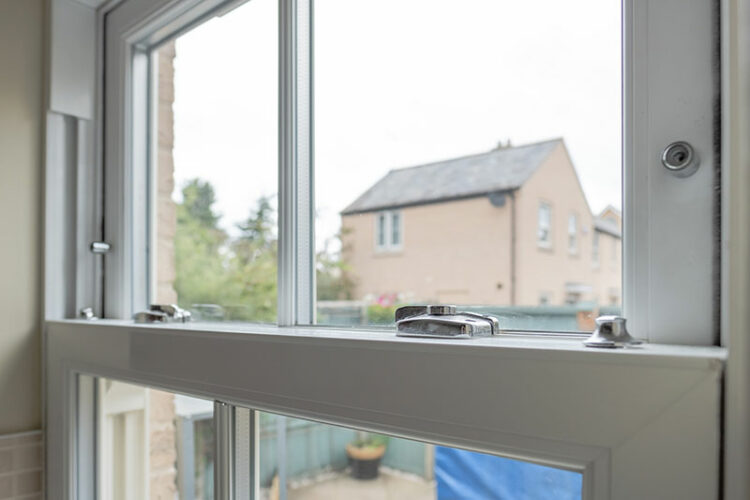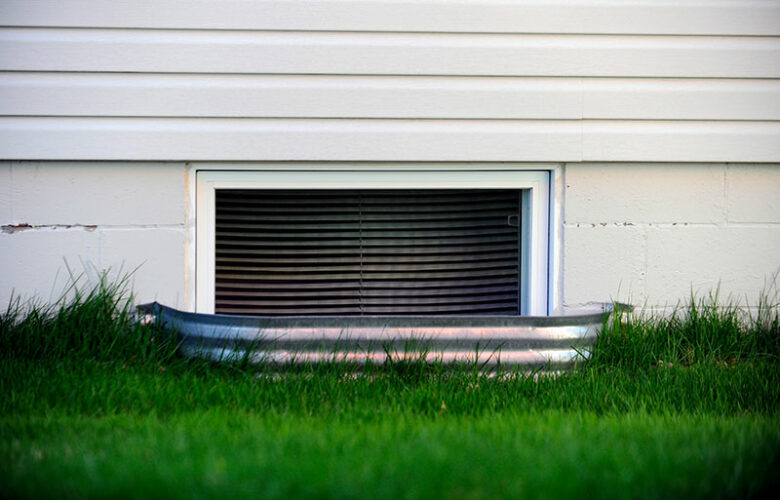Condensation on the Inside of My Windows
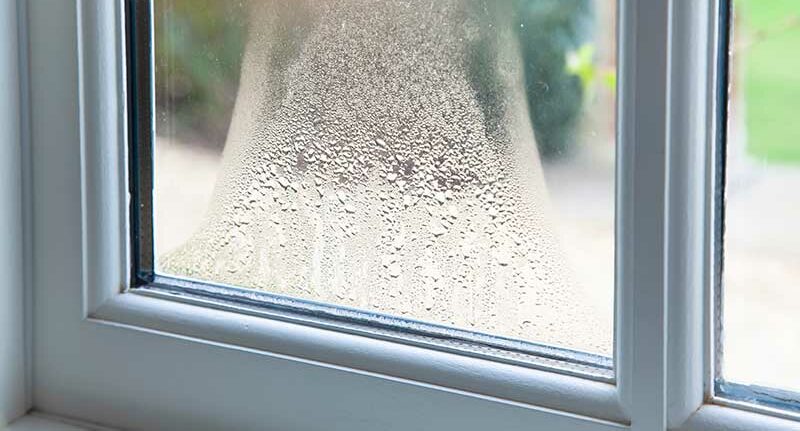
The best windows on the market rely on a complex set of technologies to achieve absolute insulation. Each component relies on total air-tightness to achieve its best effects, so when one part of your window goes awry, the entire system falls apart. Condensation is one of the first warning signs that something is amiss.
Window condensation in summer
Condensation usually occurs when warm air comes into contact with a cold surface, but if it occurs in summer, it could be a sign of excess indoor humidity. Surplus moisture causes mold, rot, and mildew, so a humid home is a toxic home. Black mold causes chronic coughing, eye irritation, and fatigue.
Rot and mildew might not harm your health quite as badly, but they have corrosive effects. They could away at your wooden surfaces and turn your precious possessions into musty ruins. A ventilation professional can help you to trace the cause of the problem, but there are a few minor solutions you can try out on your own:
- Fit an extractor fan to your oven.
- Use lids when you cook.
- Keep your kitchen and bathroom doors closed until they’ve vented.
- Dry your clothing outside.
- Use your extractor fan while you shower.
- Make sure your washing machine has proper venting.
- Keep your windows open as often as possible.
- Buy house plants that absorb humidity.
Get a Free Estimate Today
60% off installation. Special financing available. See details.
Window condensation in winter
Winter condensation inside windows is a warning sign that your home isn’t completely encapsulated by insulating features. The moisture itself might not bother you much, but your utility bills are probably higher than they need to be. Double or triple glazed windows will seal off your property and help your HVAC unit to achieve its best temperatures faster. Separated panes also prevent heat transfer, thereby preventing condensation.
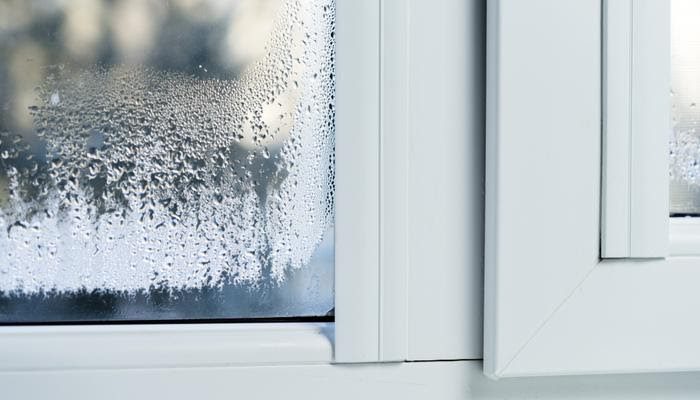
Multi-layered insulating glass uses two or more bonded panes to form a tight seal. A heat-insulating glaze achieves joint impermeability. You can improve that effect by using solar glazing to reduce extreme temperature fluctuations.
Inert gas improves your shielding and prevents condensation. The most common options are:
- Argon: This is the most affordable option. It raises your windows’ thermal conductivity by two thirds.
- Krypton comes at a price premium and is suggested in triple pane windows.
- Low E coatings rely on an invisible layer to reflect heat.
- Some windows use a combination of inert gases to maximize their benefits.
Window insulation kits
Window insulation kits are a fast, economical solution to foggy windows, provided you don’t see signs of condensation between your panes. DIY products will seal off your window all season, so they’re not appropriate for all homes.
Adding weather stripping
Moisture leakage could be caused by failed weather stripping, but fortunately, a repair won’t require you to replace your panes. New tension seals, felt, and foam tape can repair your window seal without breaking the bank.
Your window’s frame is as important as your glazing. If you see condensation on your interior windows but not your storm windows, you probably have a broken seal. A simple application of caulk can resolve sweating, but be careful not to seal off the weep holes. They’re there for a reason.
Caulk is a spit-and-polish solution that won’t solve serious problems. If your symptoms are severe, you might need to invest in new window frames. Fiberglass and vinyl are stable options that rely on air cavities that are filled with insulating chemicals. Aluminum windows are robust, but conductive, so they won’t serve you well in the winter. PCV and vinyl are highly moisture resistant and insulating. When it comes to condensation, they’re your best bet.
Why do my windows fog up when it rains?
Do you see a fine layer of fog that emerges in rainy weather? This is usually a benign problem caused by insufficient thermal resistance. Insulating panes, vinyl frames, and cladding can keep the weather outside, but you can also try spraying a vinegar and water solution on your glass.
How to stop condensation on windows overnight
Overnight moisture is often a sign of inadequate venting, so leaving your windows ajar will release damp air as you sleep. A dehumidifier is perfect for winter nights, but if you’re looking for a lazy solution, try opening your drapes overnight. This will allow air to circulate—an effect you can improve upon by moving your plants away from your walls.
Window condensation hides the beautiful vistas around your home, but it could be a symptom of a serious window failure. At best, it’s little more than a sign that your outdoor window pane is colder than your indoor one. At worst, it could be a sign of high indoor humidity levels, which can damage your home and health. Fortunately, the solutions come with valuable knock-on effects in the form of cheaper utility bills and a cozier indoor climate.
Need help with a window project? Click here for a free estimate from 1-800-HANSONS.
Related Articles:
9 signs it’s time to replace your windows
What to consider when buying the best replacement windows for your home


